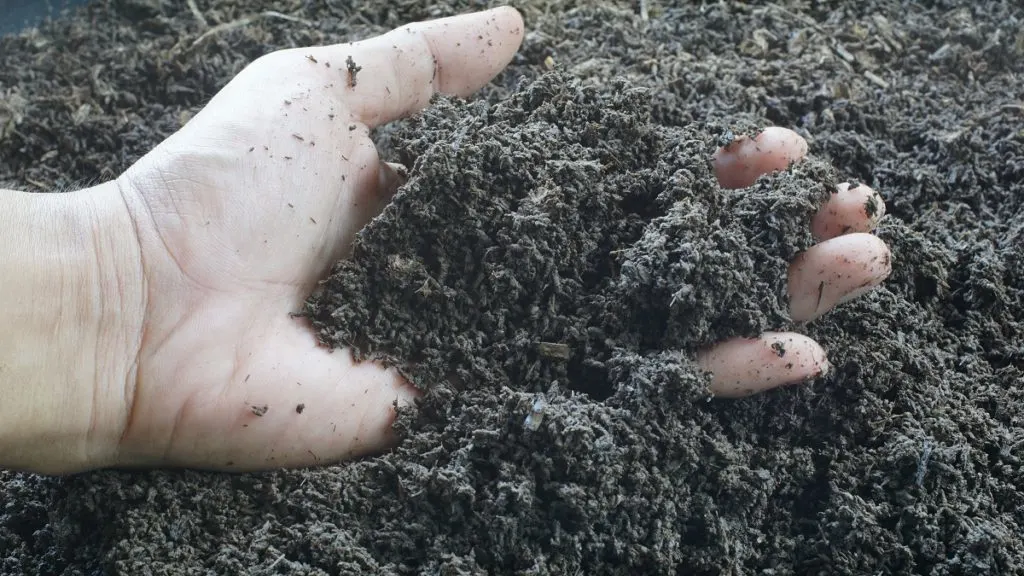
It’s tough being a new gardener. Or even an experienced gardener.
There’s much to learn if you want a garden full of veggies instead of disappointment. And everyone has free advice for you because, of course, they figured all this stuff out ages ago.
Or at least that’s how it sounds when they’re spouting advice from over the backyard fence.
You should add compost to your soil, Bill; your tomatoes will go crazy.
We only plant on the full moon. Do you see those cabbages? They’re huge.
I’m telling you, Rita, raised beds are the only way to go.
Me? Oh, I started square-foot gardening in my 20s, and I haven’t looked back.
And then there’s the terminology.
Are those tomatoes determinate or indeterminate?
What USDA Hardiness Zone are we in?
I prefer vermicomposting to cold composting, how about you?
Your soil could use some worm castings.
Worm castings? I don’t even know where to go with this one.
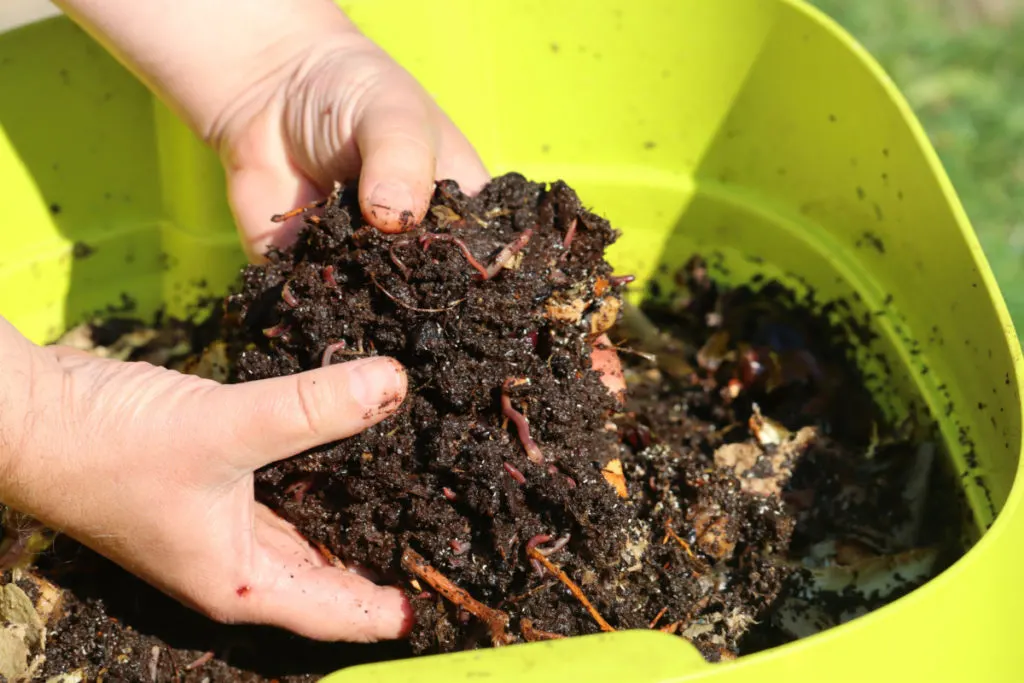
Are they wizards? Are worm wizards casting spells in my garden? Are the worms fishing? Are there worms with tiny fishing rods in my garden?
How about we shed a little light on what’s in the soil when it comes to worm castings.
(And yes, you do need worm castings in your soil.)
What Are Worm Castings?
First, let’s clear one thing up. There are no wizarding worms in your garden.
(Sorry, Harry Potter fans.)
Although, the benefits of worm castings could be described as magical.
But what exactly are worm castings?
Worm castings is the polite term for worm poop.
Yeah, I’m still trying to wrap my head around ‘castings’ as a stand-in for the word poop. I don’t know.
Anyway, it’s as simple as that. These wiggly little soil-dwellers help improve the earth in a myriad of ways simply by pooping. And you can harness these benefits for your garden and houseplants with these castings.
Worms eat just about anything that’s rotting in the soil:
- Manure
- Dead leaves
- Rotten roots
- Bacteria
- Fungi
- Decaying animals
- And yes, your kitchen scraps
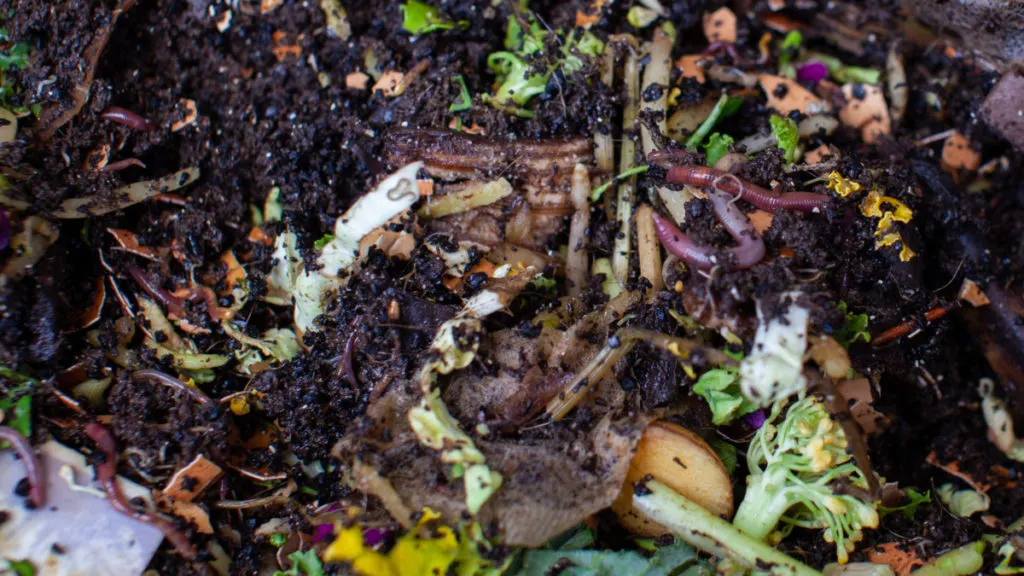
As these squishy little critters are eating their way through the soil, out of the back end comes one of the most amazing natural soil amendments. Even better, most of the benefits have been studied in soil labs.
There’s science backing up this poop!
Check out why you need more worms in your soil by clicking here.
What Do Worm Castings Look Like?
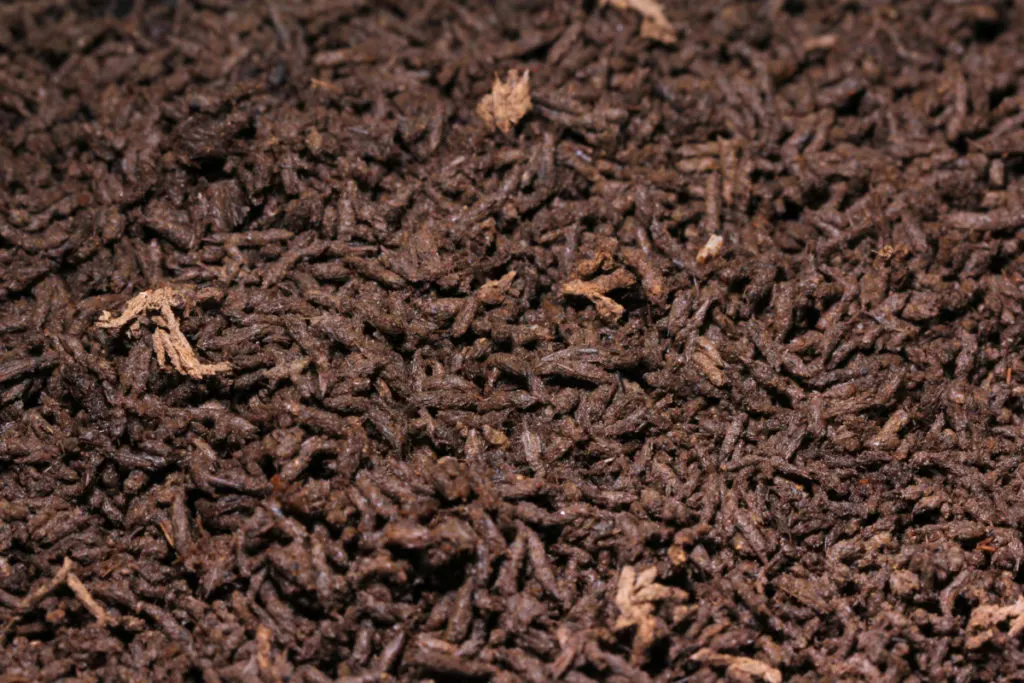
Unlike what most of us think of when we think of animal manure, worm castings are entirely different. You could easily grab a handful and mistake it for extra rich earth. They’re a bit like dark, crumbly coffee grounds or super nubbly dirt.
What Are the Benefits of Worm Castings?
Worm castings improve the soil in several different ways.
Worm castings retain water better than plain old compost as well as aerate the soil by providing structure. Along with holding water, the castings also hold important nutrients that plants need in the soil. These nutrients would otherwise wash away when you water your garden or plants.
The benefits don’t stop with the soil; they do amazing things for plants too.
Worm castings are a great fertilizing option because you don’t need to worry about burning tender plant roots. The castings provide low doses of slowly released nutrients that won’t cause fertilizer-burn like many commercial fertilizers.
Using castings in your garden can help ward off certain pests and diseases too.
The castings release natural substances that prevent crown and root rot and stop aphids and spider mites. Scientists have discovered something in the worm castings that degrades the protective outer covering of certain insects. (Cornell University Department of Plant Pathology and Plant Microbe Biology)
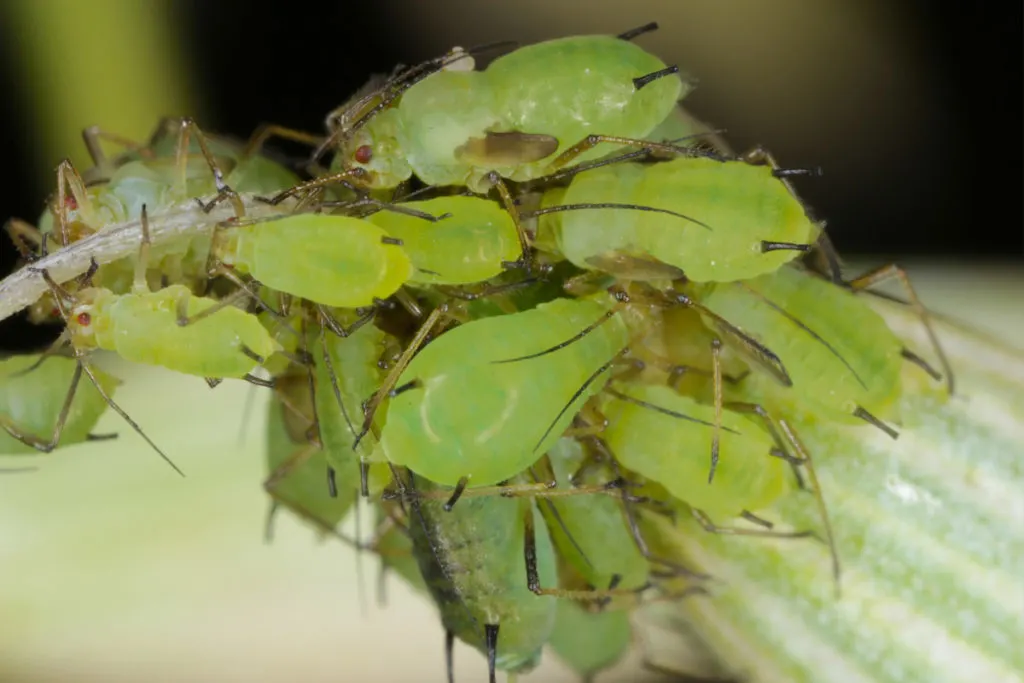
And if all of that weren’t enough, soil researchers at Ohio State University have shown that adding worm castings to your soil improves flowering, fruit yields, overall plant health and seed germination.
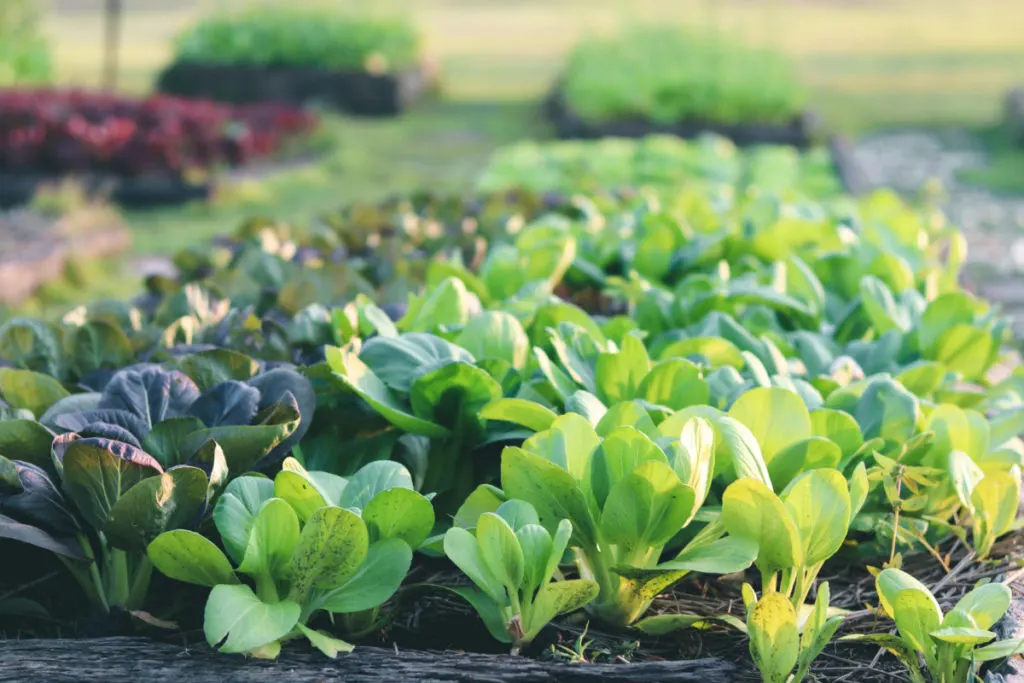
Maybe worms are wizards after all.
How Do I Use Worm Castings?
Use worm castings in the same way you would compost.
- Mix them in with the soil before potting or planting.
- Add a spoonful to holes before transplanting seedlings.
- Add them to the base of existing plants.
- Mix them in with your seedling mix before you plant seeds.
- You can even use them in houseplants as they have no odor. Simply mix them in with your favorite potting mix or gently scratch them into the soil of your houseplants.
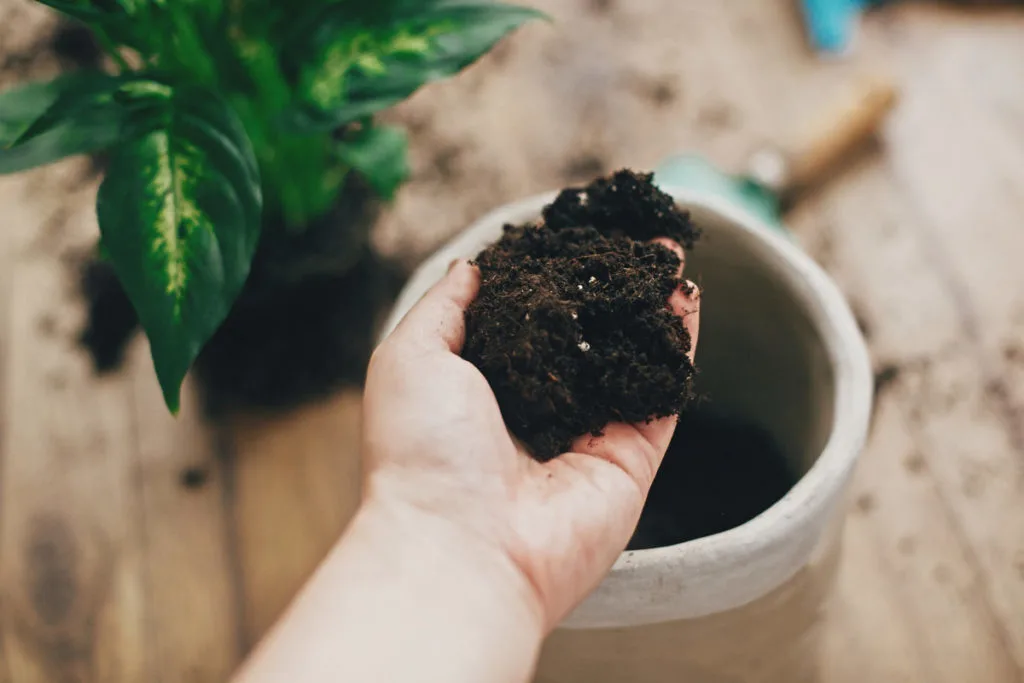
Or make worm tea.
Add a cup of worm castings to two gallons of water and let sit for 24 hours. Strain and use the resulting tea to water both your garden and houseplants. Don’t forget to mix the leftover worm castings into the soil.
Great! How Can I Make Worm Castings?
Um, you can’t make worm castings. I mean, unless you’re a worm.
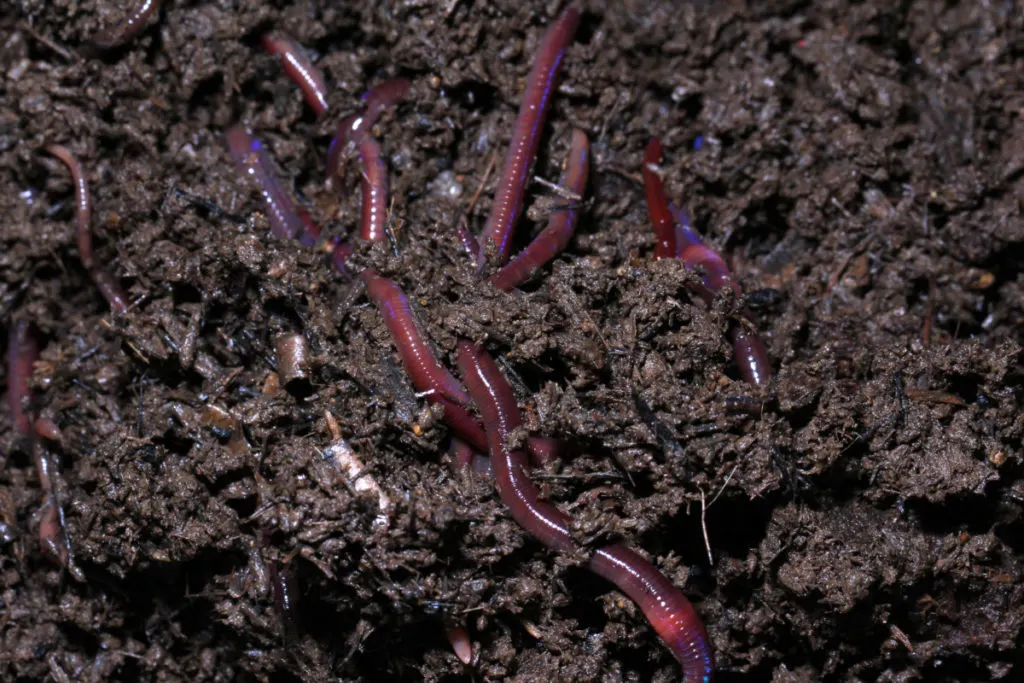
However, you can set up a worm bin and venture into the world of vermicomposting to enjoy the benefits of worm castings at home.
A Super-Fast Tutorial for Setting Up a Worm Farm (no bib-overalls needed)
One of the cheapest and simplest worm bins out there is a tower made by stacking three 5-gallon buckets on top of each other. You’ll also need a lid.
Drill several holes around the top of all three buckets, right near the lip. This will make sure you have plenty of airflow.
For two of the buckets, you’ll want to drill holes all over the bottom of the bucket, around an inch apart, using a 3/16” drill bit (worm-sized!). You’ll also want to drill plenty of holes in the lid, too, again for good airflow.
The bucket that has no holes in the bottom is the bottom of your tower. Stack one of the buckets with holes drilled in the bottom in this bucket. Now place a 4” layer of damp shredded newspaper or ripped-up cardboard in the bottom and add your worms.
(Don’t worry, we’ll get to what kind and where to get them.)
Your new friends will quickly make themselves scarce, burrowing down into the newspaper. Go ahead and start adding food scraps and put the lid on this second bucket. As you add scraps, the worms will eat them and start making magical worm poo, erm, sorry, I mean worm castings.
The castings will settle on the bottom, and your wriggly tenants will slowly move their way up as they munch and poo, munch and poo. (Sorry, this whole ‘castings’ thing just isn’t going to stick for me.)
Continue to add a mix of brown material – newspaper, cardboard tubes, shredded paper, etc.
Always add more food scraps once you can see most of the last scraps have been eaten.
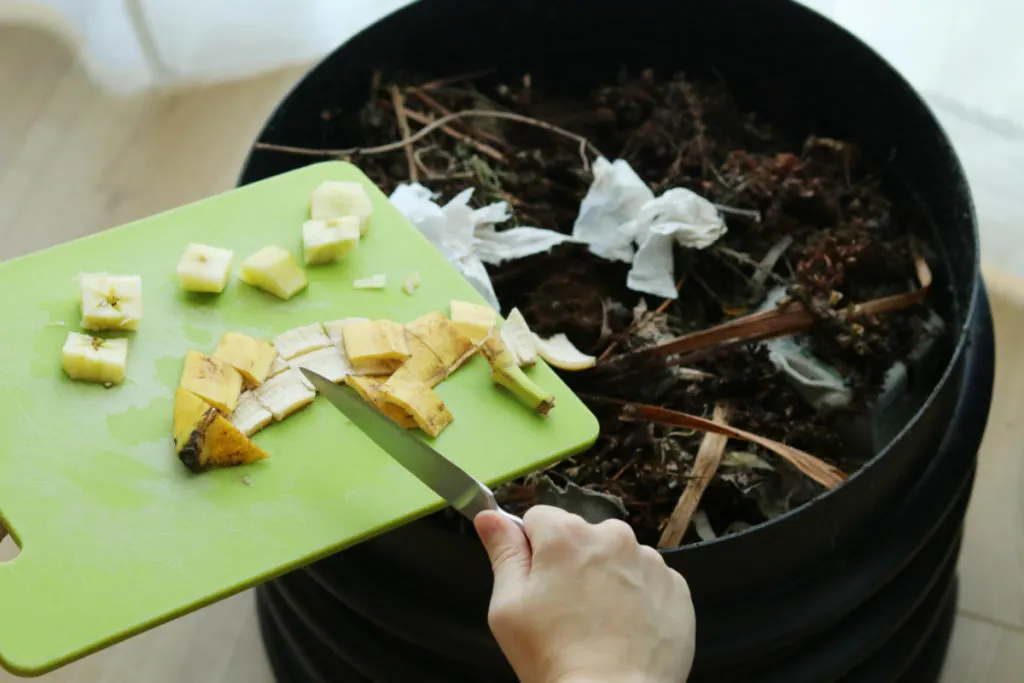
Occasionally lift the second bucket and check the bottom bucket for a brownish liquid – this is bonus worm tea. (Also known as vermicompost tea.) This stuff is almost as magical as worm castings.
As your second bucket starts to fill and break down, remove the lid and add the third bucket to the stack. Fill the bottom of the third bucket with another 4” layer of moistened paper and some food scraps and replace the lid. Your worms will slowly make their way up into the third bucket.
You can now swap the second and third buckets and dump out the worm castings to use in your garden and on your houseplants. The second bucket is ready to go to keep the process going, swapping buckets as your castings grow.
Congratulations, you’re now a worm farmer.
If you want to know everything you need to know about getting started with vermicomposting, Elizabeth has a detailed guide here.
What If I Don’t Want to be a Worm Farmer?
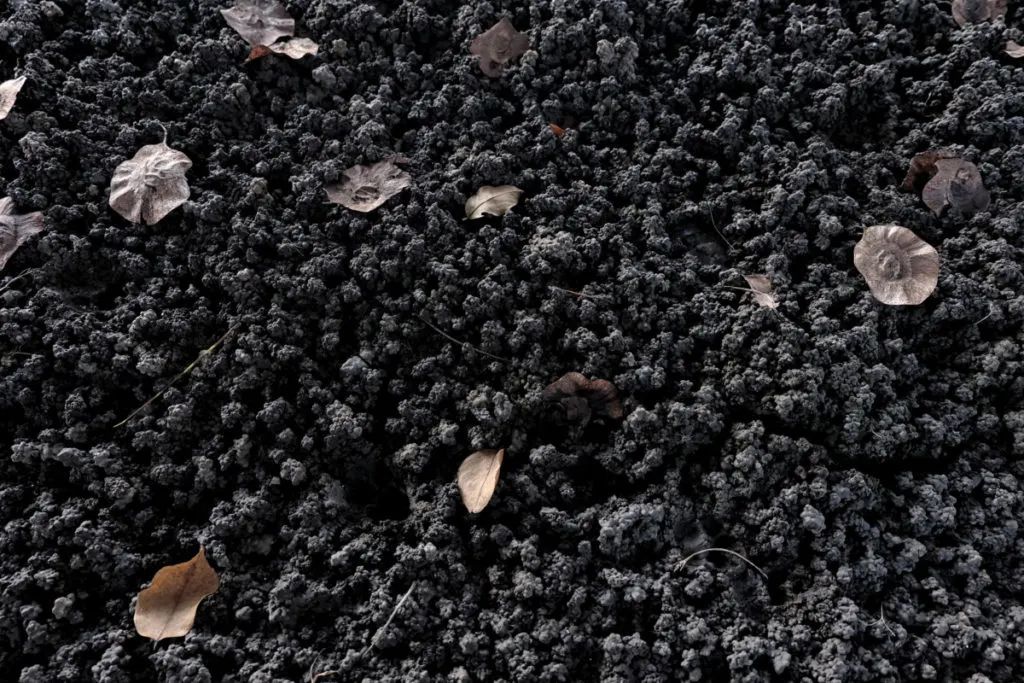
If you still want the benefits of worm castings without the wiggly mouths to feed, you’re in luck. Many garden centers sell bags of worm castings, and, of course, you can buy big bags of worm castings on Amazon, too.
What Worms to Use and Where to Get Them
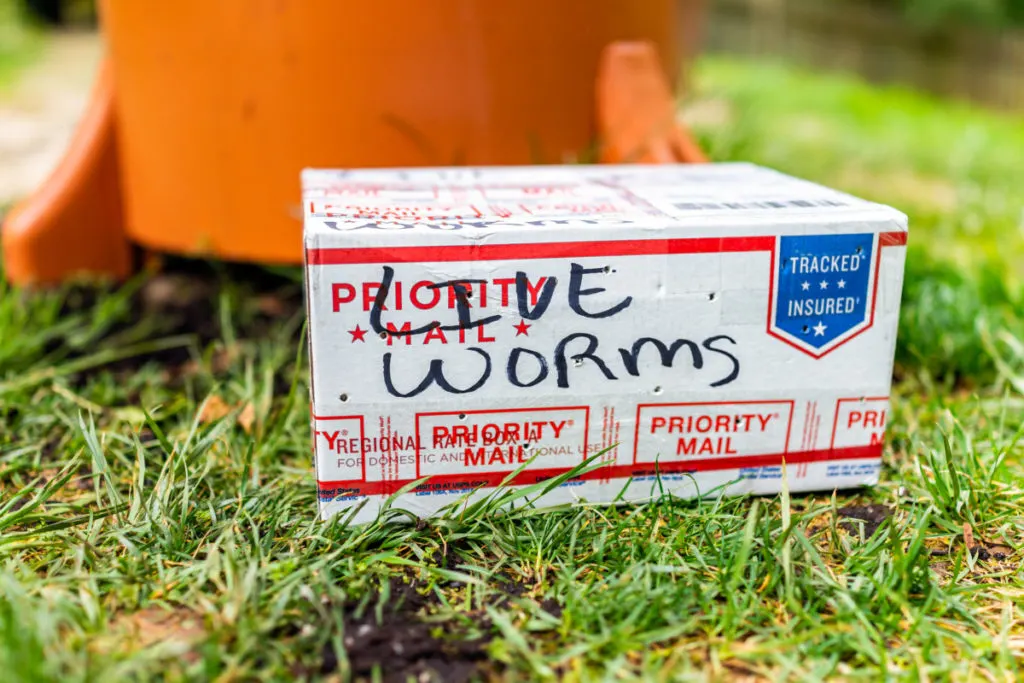
Red Wigglers and Nightcrawlers are the best in the business when it comes to breaking down food and making castings. Now before you start scratching your head and worrying about where you’re going to find worms, don’t worry; I’ve got you covered.
Yes, you can purchase them online, but don’t do that unless it’s a last resort. Worms are pretty easy to source locally.
If you live in America, chances are you’re within driving distance of a Walmart.
Just head to your local Walmart and make your way back to the Sporting Good section. Near the cashier in this section, there will be a small refrigerator with bait for sale. Guess what’s in that fridge?
Tubs of Red Wigglers and Nightcrawlers. Grab one of each; after all, variety is the spice of life.
If you don’t live near a Walmart, nearly any place that sells bait (I’ve even seen Nightcrawler vending machines) will have the worms you need.
Vermicomposting Vertically – The Garden Tower
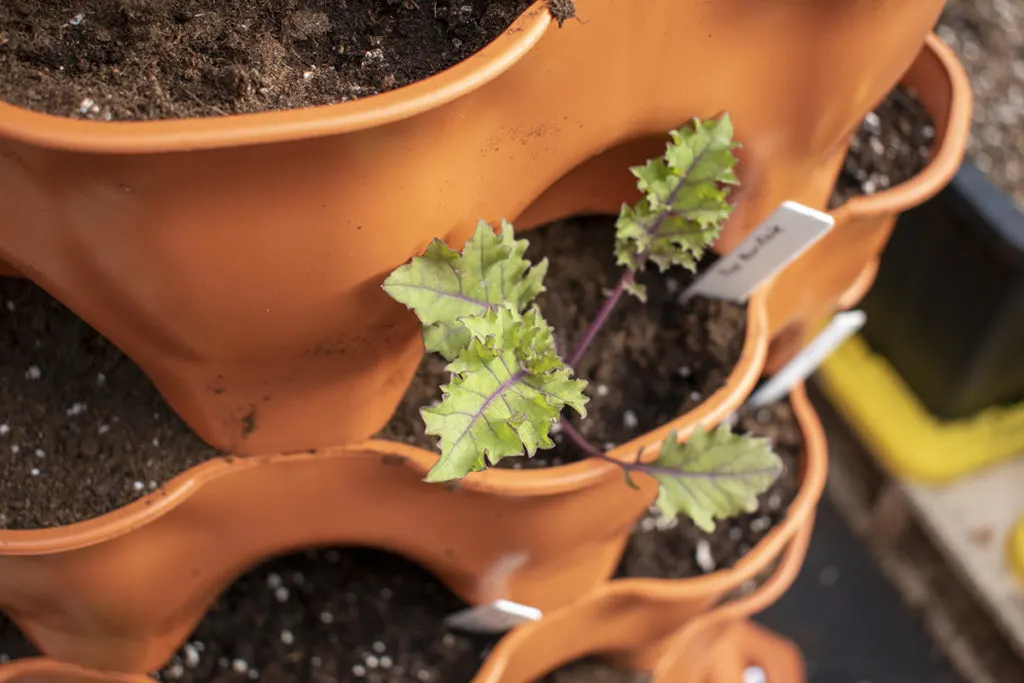
I have to take a moment here and suggest you invest in a Garden Tower. These incredible towers are vertical gardening systems with an internal vermicomposting tube and spots for up to 50 plants.
They make gardening easy because you’re growing up, rather than requiring a lot of land, and the tower is self-fertilizing because of the worms.
I love mine. Love, love, love it.
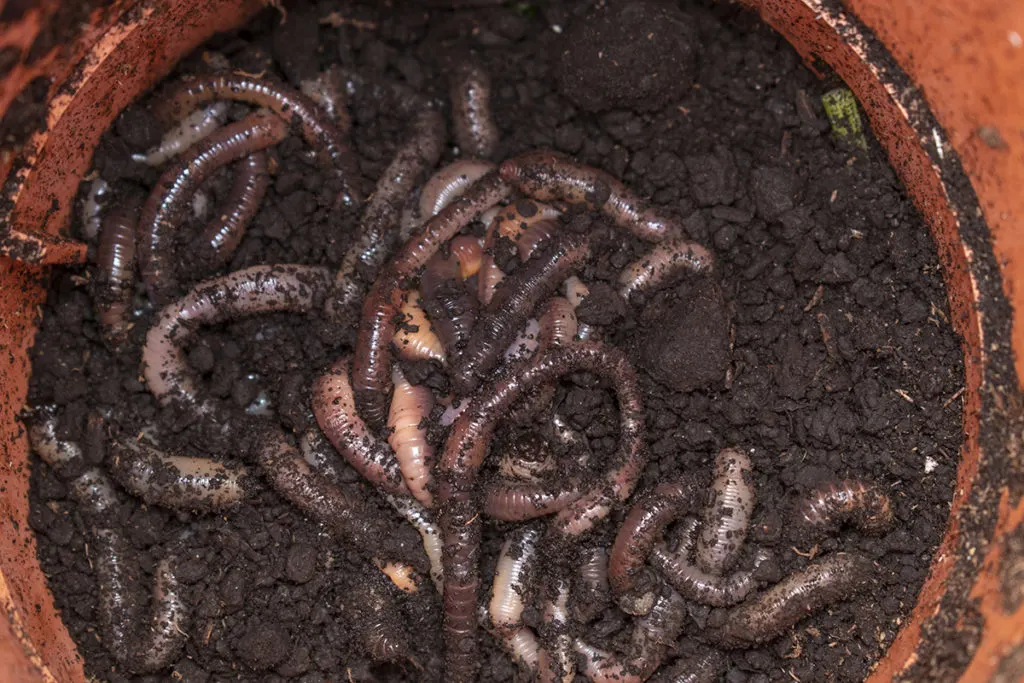
You get all the benefits of worm castings built right into your tower. As you feed your worms, the nutrients from the castings go directly back into the soil feeding your plants as they grow. And you periodically get worm tea, which you can pour directly onto your plants.
And follow along as I grow with mine – unboxing and adding worms.
Aren’t you glad you have Rural Sprout to make this whole growing your own food thing easier?
Now that you’re an expert in worm castings, feel free to peek over your neighbor’s fence, shake your head and sigh loudly. Then when they ask you what’s up, take a long sip of iced tea and tell them their soil is desperately in need of worm castings. Nod your head sagely; now you can be the gardener who knows it all.

Get the famous Rural Sprout newsletter delivered to your inbox.
Including Sunday ramblings from our editor, Tracey, as well as “What’s Up Wednesday” our roundup of what’s in season and new article updates and alerts.

